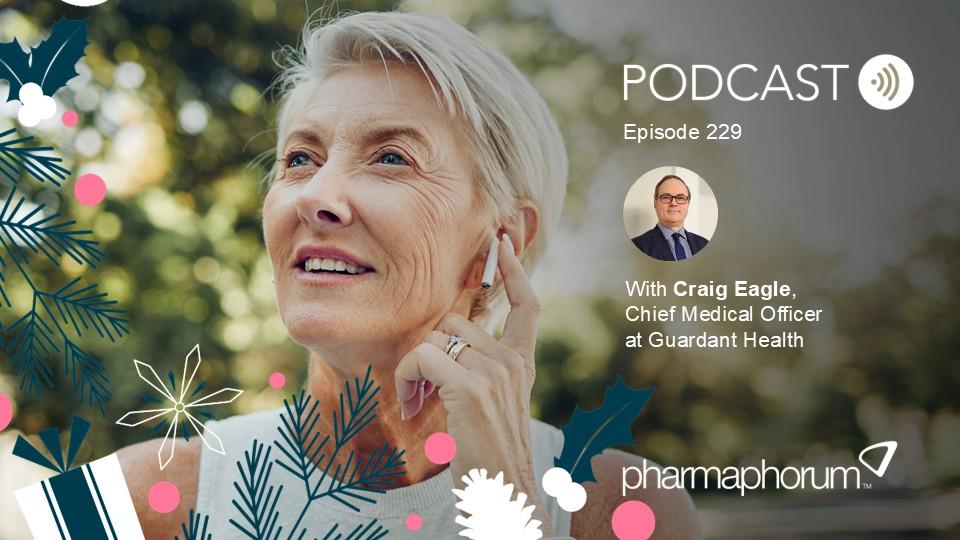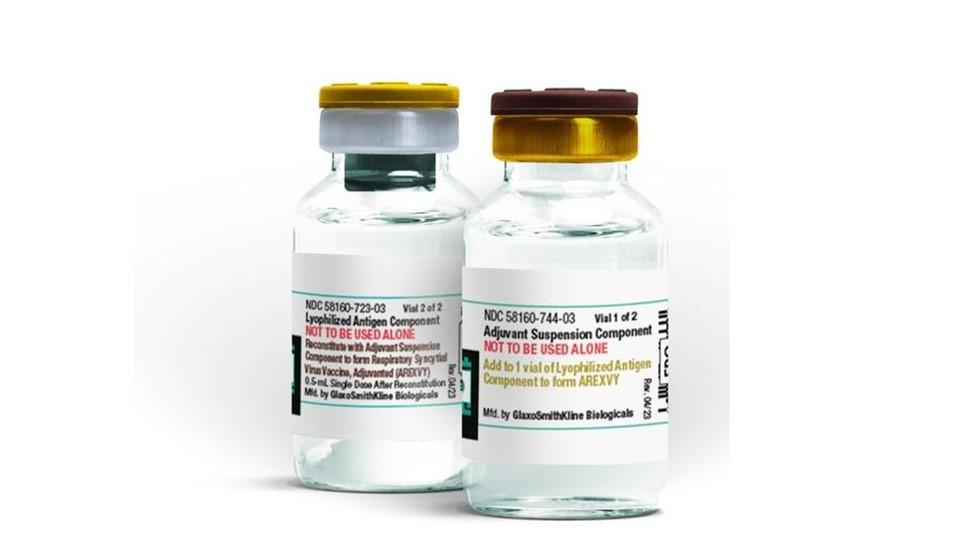Will the mobile replace the detail aid?

Daniel Ghinn
Creation Healthcare
Amongst the emerging channels that are changing healthcare engagement today, mobile devices look set to play a defining role in shaping the future of interaction between pharmaceutical companies and their stakeholders.
Making the most of new channels of engagement means knowing which platforms are the most effective for connecting with any particular stakeholder group, at any given time and place. Given this, it is interesting to note the incredible rate of growth in the use of smartphones amongst physicians in the USA and Europe. According to EPG Health Media’s October 2010 study on smartphone use in healthcare, 81% of US physicians own a smartphone, whilst in Europe the current figure of 44% is expected to grow to 65% within the next 6 months.
How did it come to this?
When the concept of e-detailing emerged in recent years, it promised to lower the cost of pharmaceutical sales processes and improve access to physicians, beyond the limited moments of face-to-face time that a medical rep can usually secure. A plethora of e-detailing solutions have emerged, from simple slide decks presented in face-to-face meetings to web-based interfaces including rich multimedia resources.
At first, all that was required was that a medical rep should carry a laptop computer on which to present the e-detail. Rich media content could be presented but not left behind, and the environment still required one of those limited-availability face-to-face encounters.
"...but it still remains to be seen exactly under what terms a physician would want to be reached 24/7 by a pharmaceutical company."
As the number of physicians using the internet at work and at home grew, the opportunity to engage online became a reality, and web-based e-detailing became a tool used by many pharmaceutical companies. With the growth of online doctors’ networks like doctors.net.uk and DocCheck, physicians could be targeted effectively and engaged in an environment that they were starting to trust.
Today, with more and more physicians using smartphones with their rich capabilities, new platforms for engagement are emerging that are set to advance the personalised, context-sensitive digital engagement of physicians further. From diagnostic tools to medicine information, smartphones already provide a wide range of applications for physicians. But will they play a role in supporting rep-physician engagement?
One technology provider that believes they will is mdapps.ca, which connects physicians in Canada through a network of smartphone medical apps. The network of niche therapy area apps, according to mdapps.ca, “engages and connects Canadian specialists and family doctors with industry effortlessly” and is “the only way to reach physicians 24/7 – on his/her own terms”. That may be the case, but it still remains to be seen exactly under what terms a physician would want to be reached 24/7 by a pharmaceutical company.
Right channel, right place, right time
The key to this, I believe, is in what Jim Collins calls ‘the genius of the AND’. Not choosing mobile or desktop-based e-details over paper, but using both. The right channels, in the right place and at the right time. If a world where all physicians are engaged without paper is emerging, as some predict, it is certainly a long way off. For now, there will certainly be a growing number of physicians who prefer to use digital and mobile devices to consume information, and I anticipate that it will continue to be difficult for medical sales reps to secure face-to-face time with physicians. But for those precious few moments of one-to-one time with a physician, a paper document will sometimes be a helpful aid. It never fails to load, it’s in your hand instantly, and if you’re fortunate, it’s still on the physician’s desk for at least a few seconds after you leave and he’s closed the apps running on his smartphone or iPad.
"A physician, like anybody, does not exclusively prefer paper, or face to face meetings, or the internet, or smartphone."
Making the most of ‘the genius of AND’, however, will not simply be a case of adding more channels – traditional paper-based, in-person detailing, alongside desktop-based e-detailing, in addition to smartphone-based detailing. A study by Gönül &, Carter published in Health Care Management Science in May 2009 concluded that between e-detailing and traditional detailing, “there is room for improving the synergy between the two types of detailing”. That is, channels must be integrated effectively in order to achieve the best results in this changing landscape. A physician, like anybody, does not exclusively prefer paper, or face to face meetings, or the internet, or smartphone. The most effective pharmaceutical sales strategies will put the outcomes of physician engagement ahead of any particular platform, and are likely to integrate multiple channels seamlessly.
So to answer the question, no, the mobile will not replace the detail aid. But it will play an important role in physician engagement.
About the author:
Daniel Ghinn is Co-Founder and Director of Digital Engagement at Creation Healthcare. He can be reached at daniel.ghinn@creationhealthcare.com or by Twitter @EngagementStrat
Is it time that technology replaced the detail aid?











